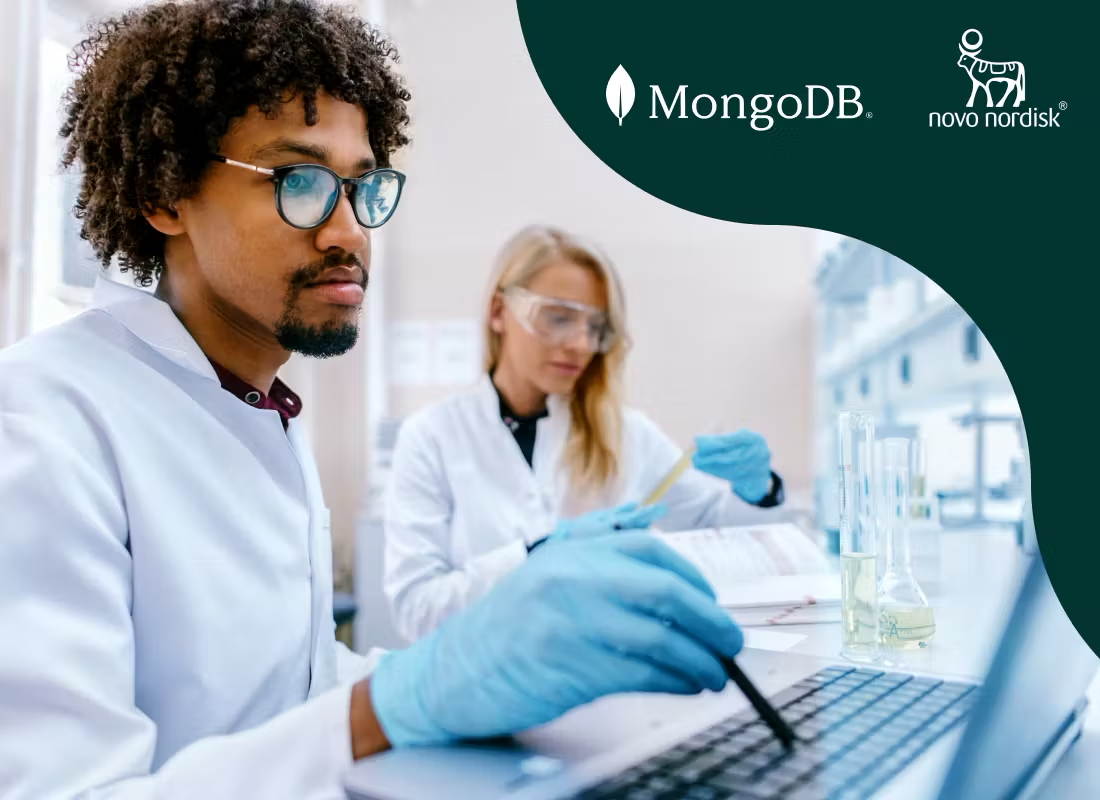From 12 weeks to 10 minutes: How Novo Nordisk accelerates time to value with Gen AI and MongoDB


“With NovoScribe, we are the first in the industry to generate a complete Clinical Study Report in minutes rather than weeks. We are doing it at scale, and with just a fraction of the resources we needed in the past. It is a game changer for the industry around the world.”
Louise Lind Skov
Novo Nordisk
Novo Nordisk

“This matters because report quality is critical — we have to get this right because patient safety demands that we don't get it wrong.”
Tobias Kröpelin
Novo Nordisk
Novo Nordisk

“We’ve reduced the time taken to create Clinical Study Reports from 12 weeks to 10 minutes, with higher quality outputs and a fraction of the team. In terms of value, each day sooner a medicine gets to market can add around $15 million in revenue to the company.”
Waheed Jowiya
Digitalisation Strategy Lead at Novo Nordisk
Digitalisation Strategy Lead at Novo Nordisk

“Everything in gen AI is new — you can’t just go to GitHub and repurpose code others have written. Only MongoDB Atlas gives us the flexibility and scale at the data platform layer to experiment in how to harness one of the biggest technical advancements the industry has ever seen.”
Louise Lind Skov
Head of Content Digitalisation at Novo Nordisk
Head of Content Digitalisation at Novo Nordisk
Take the next step
Get access to all the tools and resources you need to start building something great when you register today.
.svg)
